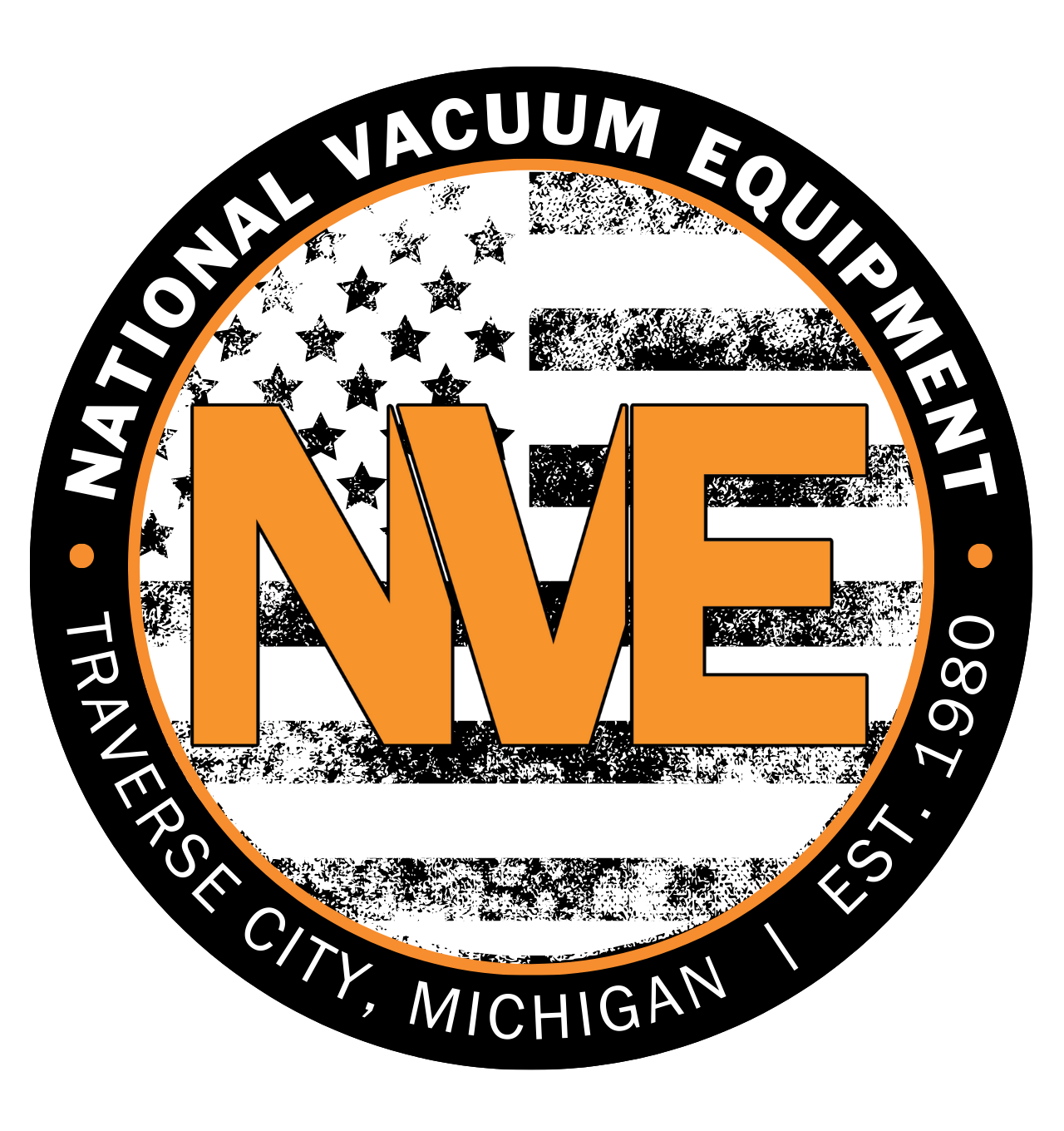Returning to Nature: Your Remains at Sleeping Bear
March 8, 2014
You might love Sleeping Bear Dunes National Lakeshore – but do you want your ashes scattered there when you die? Now you can.
Pam Barnett, owner of Parkland Peace, assists families in returning their loved ones’ cremated remains (cremains) to nature. Having secured permits from national and state parks and permission from private estate owners, she's established several sites in which to scatter ashes.
In 2012, Northport’s Barnett obtained a permit and million-dollar insurance policy to settle cremains throughout the Lakeshore, a 35-mile stretch of Lake Michigan's eastern coastline.
“The chief ranger and park superintendent were very gracious and courageous about permitting this activity,” Barnett says, adding she was asked to provide GPS coordinates of her chosen release sites.
“As a professional, I will follow their rules, whereas individuals covertly releasing cremated remains in the park won’t know the guidelines or perhaps be as likely to adhere to them.”
Barnett charges $250 for the service at Sleeping Bear Dunes.
Formerly living in a remote cabin in southeast Arizona’s wilderness, Barnett was contacted by acquaintances who wanted help releasing remains of loved ones in nature. She agreed to help and, after her husband died in 2004, decided she could offer a low-cost settling service to other families, as well.
“I thought there must be a lot of people who don’t have a friend living in the wilderness to do this for their loved ones,” Barnett says. “I wanted to be able to assist them.”
In 2006, she moved back home to Michigan, reuniting with family in Leelanau County.
“When Sleeping Bear Dunes National Lakeshore was designated by Good Morning America as the ‘Most Beautiful Place in America,’ my dream business revived,” she recalls. “I talked to a lot of people and determined that most of them would be receptive to this business. I also learned many of our neighbors have the cremated remains of friends or family members in their home and want an alternative.”
So what are the rules for scattering ashes inside the national park?
“Off pathways and surface release only; no ‘raking’ into the soil,” she says. “Also, no markers of any kind – even ‘natural’ ones, such as a pile of rocks – and no litter left at the scene.”
In addition to Sleeping Bear, Barnett offers settling sites at Texas state parks and in Arizona at her estate and at a friend’s farm in the mountains.
Many companies will scatter remains from planes and offshore vessels or hike them into remote locations, but families who attempt to scatter ashes themselves can end up in hot water.
“I know of instances where people attempting maritime and shore releases find themselves in trouble with the law,” she says. “It’s also very important to secure permission before releasing cremains on private property or public lands.”
Scattering ashes in the national park will allow families to go to the site “just as they might go to a cemetery to pay their respects," Barnett adds.
“Perhaps some of those families will develop a tradition of an annual party in the park... and create great memories for current generations.”







